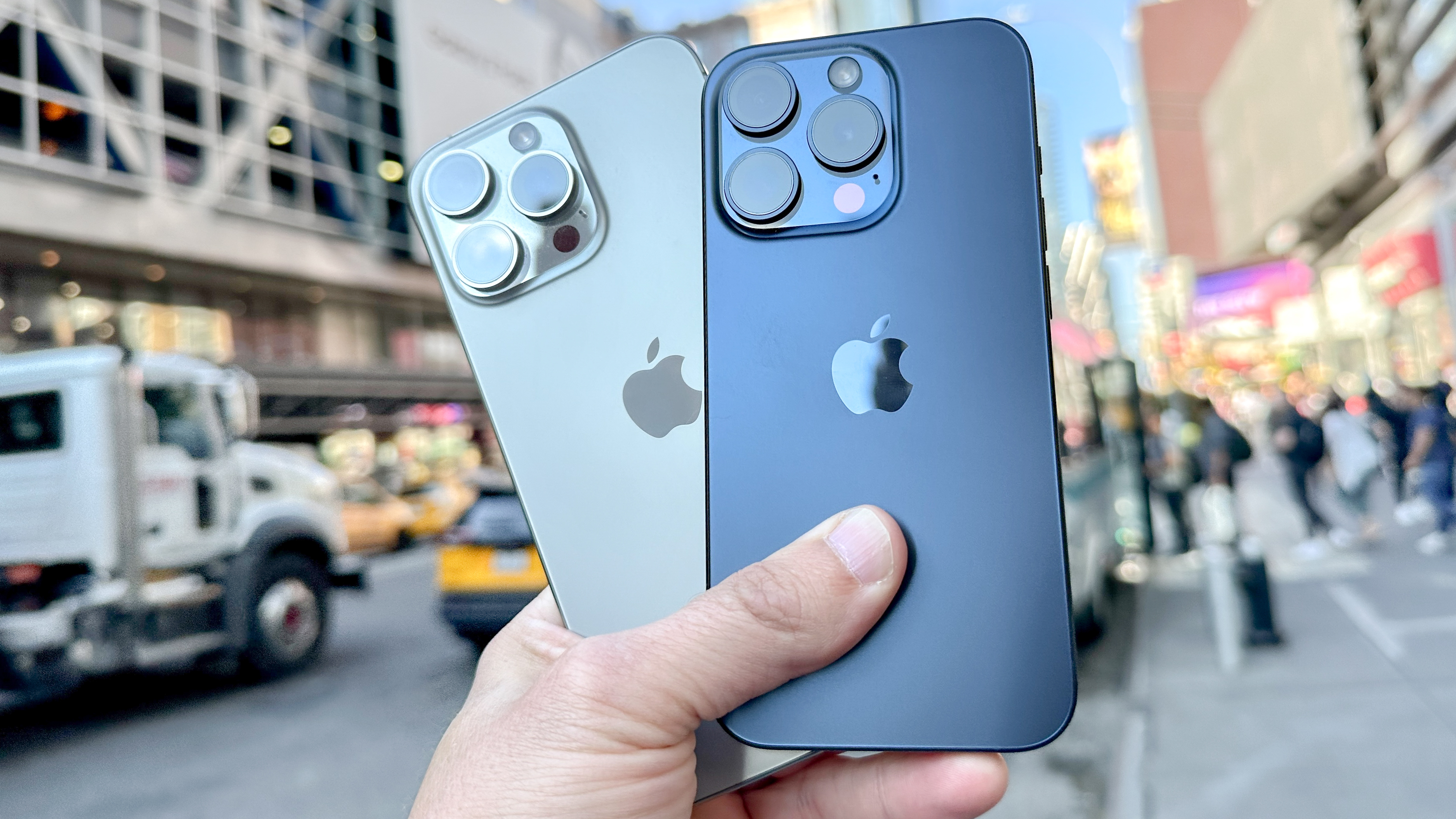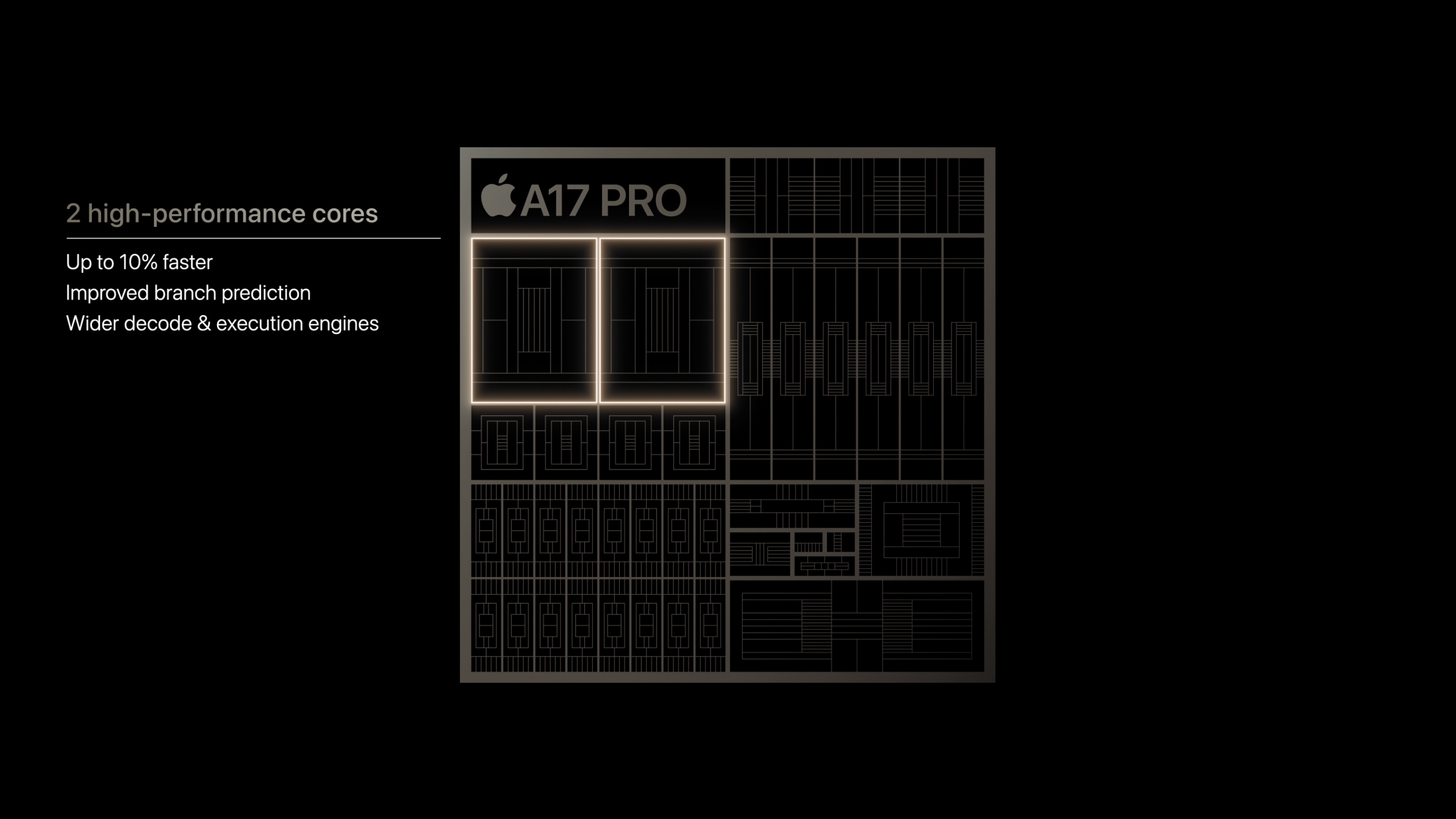iPhone 16 may not get the A17 Pro chip from iPhone 15 Pro — here’s why
iPhone 16 may not be stuck with a year-old chip when it launches

One of the most annoying things Apple has done recently is release new iPhones with two different chipsets. The latest and best chip goes in the Pro models, while the standard and Plus models end up with last year’s chip. That happened to iPhone 15 and iPhone 14, but it turns out that may not happen with the iPhone 16.
That doesn’t necessarily mean the iPhone 16 will get an A18 chip, that’ll likely remain exclusive to iPhone 16 Pro. Instead, one Weibo user claims Apple will be developing a brand new A17 chipset specifically for the iPhone 16 and iPhone 16 Plus. So no more iPhone 15 hand-me-downs, even if there is still a divide in the processing power of iPhone 16 and 16 Pro.
The difference next year is that Apple will allegedly use a totally different manufacturing process for the iPhone 16 chips. Currently the 3nm A17 Pro is built using TSMC’s N3B process, but next year might see Apple switch over to the N3E process. The resulting chips would still be 3nm, complete with all the benefits the smaller size would offer, but they wouldn’t be exactly the same.
This isn’t the first time we’ve heard a rumor like this, and we did hear about the possibility towards the start of the month. It was speculated at the time that building the A17 on an N3E process could have a number of advantages, compared to the N3B. The new process was said to be more accessible and with less transistor density, and could end up with better overall performance — at the cost of efficiency.
The extra benefits are that N3E production is apparently cheaper and has a much better yield, meaning Apple could add 3nm chips to the entire iPhone 16 lineup more easily.
Back when this news first hit we didn’t know the iPhone 15 Pro would come with an A17 Pro chipset. We assumed Apple would stick to the usual “Bionic” naming convention that’s been around for the past several years. If the A17 in the iPhone 16 is going to be totally different to the A17 Pro, I’d wager that Apple won’t want to reuse the name.

That could mean the iPhone 16 gets the A17 Bionic while the 16 Pro gets the A18 Pro, further differentiating the two standard devices from the Pro models. But that’s just speculation on my part, and we won’t know for sure for another 12 months.
Get instant access to breaking news, the hottest reviews, great deals and helpful tips.
There had been some speculation that the A17 Pro might not be as good as everyone hoped. It was claimed this could be due to the A17 Pro being a repurposed A16 Pro chip, which Apple had to scrap because the chips wouldn’t be ready in time for the iPhone 14 Pro launch. Despite this possibility, benchmarking shows that the A17 Pro offers a major leap in performance compared to the A16 Bionic — and Qualcomm’s Snapdragon 8 Gen 2.
If a hypothetical A17 Bionic could improve on that performance, then the iPhone 16 should be capable of some great things. Of course we won’t know for sure until the phone actually arrives. While we patiently wait for 2024 to roll around, be sure to check out our iPhone 16 hub for all the latest updates about the phone.
More from Tom's Guide
- Google Pixel 8 rumor ruins one of the best things about buying a Google phone
- iPhone 15 Pro Max — here's why I'm finally ditching my iPhone 12 Pro Max
- iPhone 15 Pro Max vs iPhone 14 Pro Max — biggest upgrades

Tom is the Tom's Guide's UK Phones Editor, tackling the latest smartphone news and vocally expressing his opinions about upcoming features or changes. It's long way from his days as editor of Gizmodo UK, when pretty much everything was on the table. He’s usually found trying to squeeze another giant Lego set onto the shelf, draining very large cups of coffee, or complaining about how terrible his Smart TV is.
